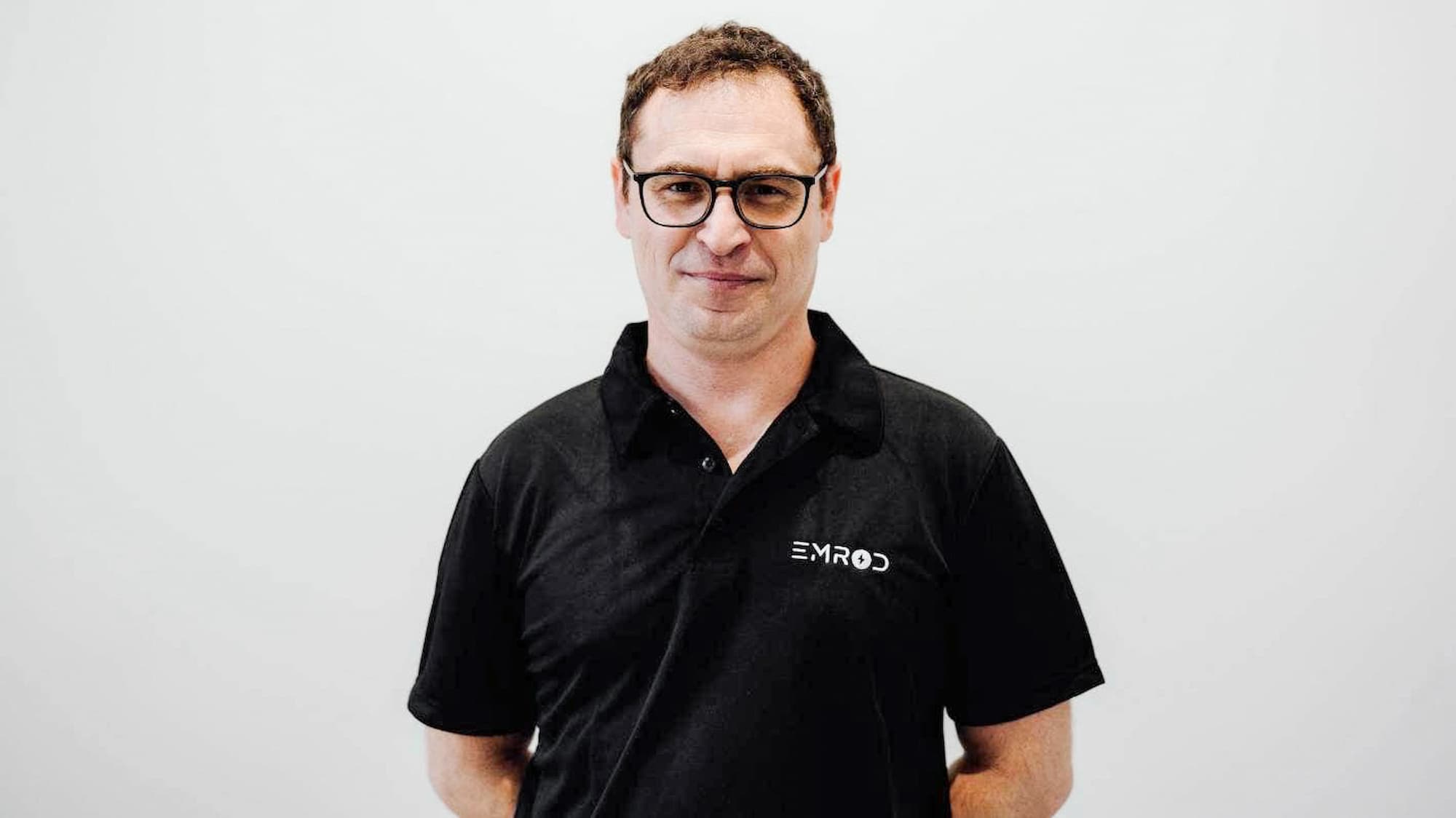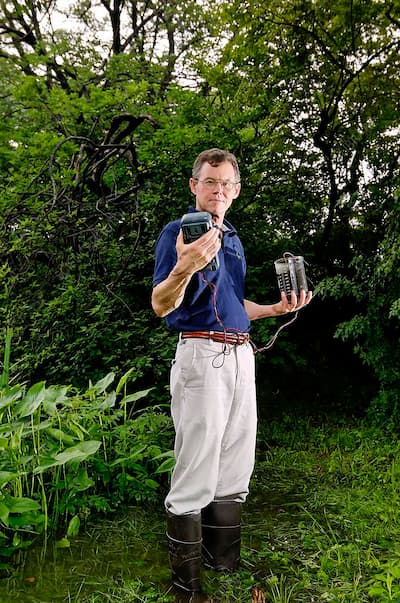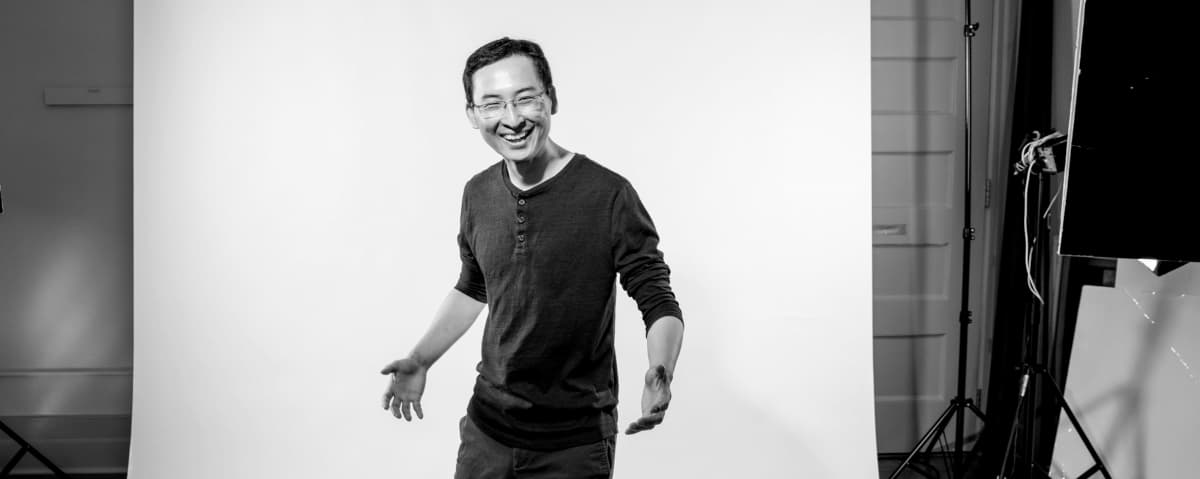Will electricity be generated out of thin air in the future?
renewable energy

renewable energy
Technology is becoming increasingly mobile. For electric vehicles, autonomous systems, robots, wearables, and mobile electronic devices, the power supply is proving to be a limiting factor. This is because the volume, weight, limited capacity, and long charging times of batteries restrict mobility and flexibility. The remedy for this could be wireless power transmission or - even more consistently - power generation directly in the mobile device.
The transfer of energy through empty space is not new. The sun has been practicing this procedure for more than 4.5 billion years. But the losses are gigantic; Most of the energy radiated by the sun is lost in space, and only a tiny fraction reaches the celestial bodies that orbit around it - and only a fraction of that can eventually be harnessed. The same applies to earth when it comes to wireless energy transmission over distances of more than a few centimetres: Their efficiency (the ratio of usable energy to total energy expenditure) is well below 1 percent and drops rapidly with distance.
One solution is the bundling of electromagnetic energy. That is why Emrod, a cleantech company founded in Auckland, New Zealand, in 2019, relies on a beam-forming technique that converts electricity into a parallel-aligned electromagnetic beam sent directly from one antenna to another. One year after its founding, Emrod presented proof-of-concept for wireless power transmission with a beamforming efficiency of more than 97 percent. Founder and CEO Greg Kushnir explains the key innovation: "We achieve the high efficiency with electromagnetic metamaterials. With them, we can strongly bundle the electromagnetic energy in the transmitting antenna. We are convinced that through further improvements on the transmitting side, and especially on the receiving side (where the greater losses currently occur), we will be able to realize an efficiency of over 80 percent for the overall system." The usual efficiency for power transmission over high-voltage lines is 60-95 percent, depending on the country and considering losses, for example due to power theft. Metamaterials, such as composites of metal and plastic, have "unnatural" optical, electrical, and magnetic properties. They contain man-made repeating structures that interact with electromagnetic waves in unusual ways, provided the structures are smaller than the wavelength. For example, metamaterial can direct radar beams around itself in a way that it remains invisible to radar.
Kushnir explains: "The metamaterials that we design and build are characterized by their smart properties such as precise shape, geometry, size, orientation and arrangement which allows us to block, weaken, amplify or redirect electromagnetic energy." Emrod uses the 5.8 gigahertz frequency for wireless power transmission. This frequency, which is also used by radar, directional radio, WLAN and Bluetooth, among others, is largely independent of weather conditions. The beam-forming technology developed by Emrod guides the energy in the form of a strongly bundled "rod" from the transmitting antenna via relay antennas to the receiving antenna. The company name is also derived from this technology: "Em" stands for electromagnetic, "rod" for rod. In cooperation with the New Zealand power supplier Powerco, Emrod has developed a larger indoor prototype and is planning to build a wireless system that can be used to further expand Powerco's supply network. The system is expected to help provide power to remote locations and eliminate the need for expensive copper cable installation in areas with difficult terrain. Furthermore, the wireless system is said to significantly lower maintenance costs and reduce environmental impact. "Especially for renewable electricity generation, wireless power transmission offers itself as a key technology for transporting energy to the consumer in a sustainable way," says Kushnir. That's because transport by cable requires a lot of space due to substations and transmission line towers, as well as many materials such as copper and steel, and a considerable amount of maintenance and repair work.

Permanent Emrod units can be used where conventional wired connections are not economical, difficult to install or maintain.

The photo illustration shows an antenna truck that could be used, for example, for wireless power supply in disaster areas.

Greg Kushnir
Greg Kushnir, born in 1974 in Russia, grew up in Israel. He studied computer science in Tel Aviv and New York. He has lived in New Zealand with his family since 2001. He founded several software companies before turning to sustainable energy transmission. He holds a PhD in Philosophy of Mathematics from the University of Waikato, New Zealand.
Wireless energy transmission over short distances is already part of our everyday life. Wireless energy transport over long distances requires considerable technical effort, such as Emrod's highly specialized antenna design, to keep losses small. However, if the transmitter and receiver are only a few centimetres apart, low-loss energy transport through the air is easier to implement - and is already state of the art. In the simplest case, the transmitter and receiver are two coils facing each other at a small distance.
If an alternating current is sent through the transmitter coil, its alternating magnetic field induces an alternating voltage in the receiver coil. Wireless charging stations for electric toothbrushes and smartphones already work with this principle of inductive coupling. Such advanced systems, which wirelessly transmit electric power with high efficiency up to two meters, are already commercially available. Moreover, passive RFID transponders (RFID = radiofrequency identification), which do not require an external power supply or battery, are in widespread use too. The tiny transponders serve as smart cards in access control, as car immobilizers, as implants for identifying animals, as radio tags for marking goods, and much more. The beams of the reading device not only transmit information, but also the energy to operate the transponder. Rail vehicles such as the Transrapid, a German-developed high-speed monorail train using magnetic levitation, are also supplied with wireless power trough inductive coupling. The technology is likely to become particularly important for electric cars. In the future, car batteries could be recharged while driving on the charging lane of a road in which coils or plates are embedded, extending the battery range to thousands of kilometres. However, the challenge is infinitely greater for e-mobility and industrial applications than for RFIDs and small devices. A smartphone battery can be quickly recharged with a power of 5 watts. For electric vehicles, autonomous mobile robots, floor conveyors and other industrial equipment, 1,000 times more wireless power must be available. Such systems are still in their infancy. Nonetheless, a team from the University of Colorado Boulder, USA, recently presented a test setup that transmits 1 kilowatt over 12 centimetres.

Physicist Jun Yao and microbiologist Derek Lovley have developed an air-powered generator that connects electrodes to protein nanowires in a way that generates electric current from water vapor naturally occurring in the atmosphere.

Derek Lovley
Derek Lovley studied microbiology at Michigan State University. After receiving his doctorate, he started working at the United States Geological Survey in 1984 where he discovered and researched a new group of bacteria (Geobacter). In 1995, he was appointed professor at the University of Massachusetts Amherst. From 1997 to 2004, he worked there as head of the Department of Microbiology and was named distinguished professor in 2000.
The team uses capacitive rather than inductive coupling, which involves energy transmission based on a high-frequency electric field. In the future, feasibility studies will have to show whether the principle can be optimized and scaled to industrial practice. After all, the industrial sectors do not only need solutions that minimize energy losses but also require standardized designs and robust components that can withstand harsh production conditions, as well as microcontrollers with embedded intelligence to optimize energy transmission.
All experts agree that the potential of the Industrial Internet of Things (IIoT), the networking of machines, warehouses, commercial vehicles, robots, and sensors, can only be truly exploited when the components are freed from cables. Not only does this make them more mobile and flexible to use, but the elimination of plugs and sockets, and thus contact problems and leaks, also makes them more reliable and low maintenance. It is possible, however, that wireless power transmission is only a transitional technology. Scientists at the University of Massachusetts Amherst recently unveiled Air-gen, a fingernail-sized generator that produces electricity simply from air, or more precisely, from moisture in the air. The team, led by microbiologist Derek Lovley and physicist Jun Yao, uses electrically conductive protein nanowires produced by bacteria of the species Geobacter. Air-gen consists of an approximately 8-micrometer-thin film of such protein nanowires (e-PNs). The e-PNs form a loose network with nanochannels through which water molecules can move. The film is deposited on a 5×5-millimeter gold electrode. At the top, a smaller gold electrode (1×1 millimetre) only partially covers the film, allowing it to absorb water from the air and conduct it downward through the channels. Since it is harder for water to penetrate deeper layers, a constant concentration gradient is established.
Yao, an assistant professor at the department of Electrical and Computer Engineering, explains the mechanism of electricity generation: "A water molecule that attaches to an e-PN gives off a partial electric charge to it. As a result of the concentration gradient, the charge density is greater in upper layers of the film than in lower ones, and this generates a voltage between the electrodes and a current flow". For 20 hours, the Air-gen prototype provides continuous electric current to power small electronic components at 0.5 volts. After that, the mini-cell recharges in humid air for about 5 hours and repeats the cycle. The Amherst team believes it can significantly increase output power by modelling e-PN properties and even surpass the power density of solar cells by stacking many Air-gens. The advantages of Air-gen technology over renewable energy sources such as wind and solar are the following: Air-gen operates day and night; humidity is present everywhere and thus it would even work indoors, and it is independent of weather conditions. Prof. Lovley, head of the Department of Microbiology, believes: "Air-gen allows for environmentally friendly energy production that is far less constrained by location or environmental conditions than other sustainable approaches." Researchers are currently working on tiny Air-gen units that can power wearables such as health and fitness monitors and smartwatches and combining multiple units will later make smartphones battery-independent. "Our long-term goal," Yao says, "is to have highly scaled commercial units that make a significant contribution to sustainable power generation." Lovley adds: "Geobacter is not suitable for technical mass production of e-PNs. So, we genetically modified Escherichia coli (E. coli), a much more robust bacterial species, to produce e-PNs at high yield." E. coli cultures can be grown in large quantities at low cost using glycerol, a waste product of biodiesel production. This paves the way for sustainable mass production of Air-gen generators from renewable feedstocks. But it will take years of development work before it becomes clear whether this concept will remain a niche technology or can radically change the industrial and everyday world.

Jun Yao
Jun Yao received his PhD in applied physics from Rice University, Texas, in 2012. From 2011, he worked as a postdoctoral researcher at the Department of Chemistry and Chemical Biology at Harvard University. In 2017, he moved to the University of Massachusetts Amherst where he currently works as a lecturer and teaches at the Department of Electrical and Computer Engineering.